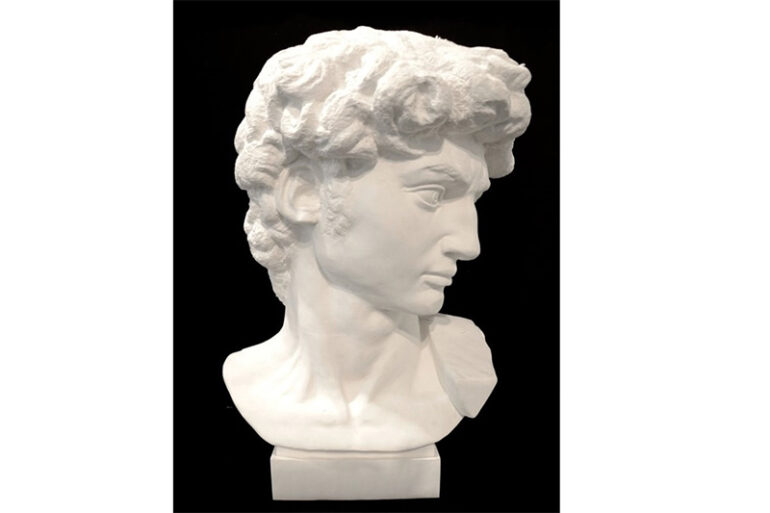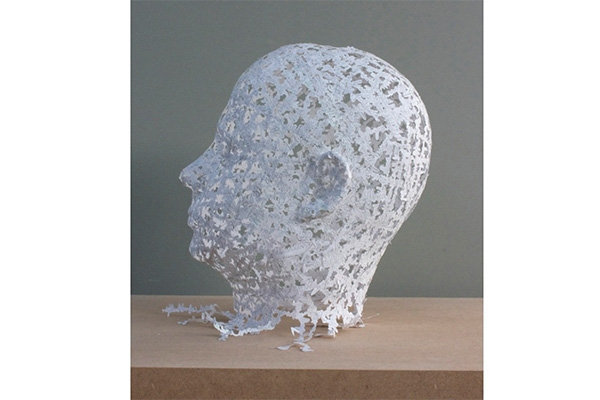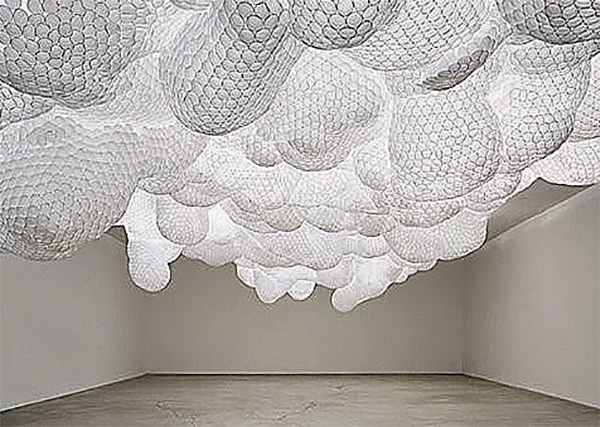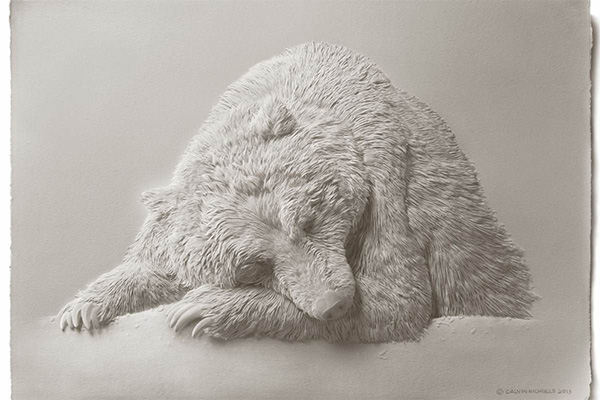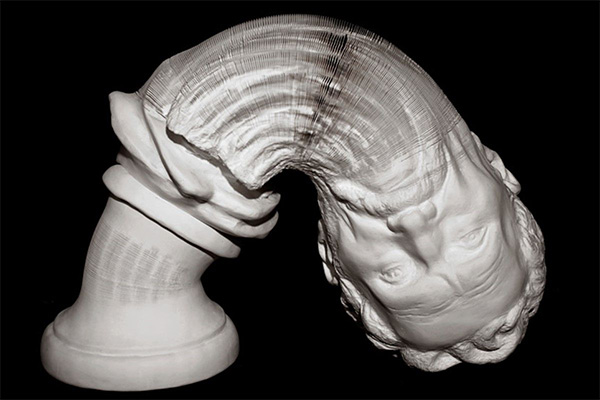When you look at a paper in its normal state, the first things that come to mind are these: it is a material you can write, draw, or print something on. You can also use paper as a wrapper. However, only a few people think it can be a medium for sculpture.
For most people, the most apt description of paper sculpture is an artwork that combines or shapes various paper types. The most common media in contemporary sculpture are wood, ceramics, metal, stone, and other materials that improve the artwork’s endurance. However, it is different for paper because the creation is a very difficult and complicated process. After all, the artist has to ensure that the artwork will be stable and permanent. Thus, compared with other materials, creating paper sculptures requires a different approach, combined with excellent precision and plenty of paper because paper is thin and soft.
Paper sculpture or origami?
Many would say that paper sculpture is origami or the Japanese art of paper folding. However, a big difference exists between paper sculptures and origami. Origami usually uses a single square sheet of paper. On the other hand, paper sculpture uses several sheets of paper. Moreover, the paper is the subject, not the object in paper sculpture. Several sculptors usually use other materials in their art, such as ceramics, wood, or metal.
Because of the complex nature of sculpting using paper as the sole medium, only a handful of contemporary artists focus on paper sculpture, maybe due to the new skills they have to master, such as folding, scoring, and curling techniques.
It is similar to origami, which involves the paper treatment methods mentioned above to develop 2D and 3D origami pieces. Likewise, origami has strict rules, like no paint, scissors, or glue. These rules do not apply to paper sculptures.
The only requirement is to make the medium from organic, fibrous material with adhesive properties when dry. But then again, the rule does not say that it could not be molded when moist to create 3D shapes as in papier-mâché. Without the restrictions set by origami, paper is one of the most versatile mediums for sculpture, although it does have some liabilities concerning extremes of moisture and heat.
The connection between paper and art
The link that ties paper to art is almost as old as the first papyrus that the Egyptians made in 4000 BC. China developed paper from cellulose fibers around 100 BC, while origami started around the 17th century. All artists used paper to render their work, from calligraphy to printing, watercolor, and drawing. Yet, even to this day, very few artists have attempted to use paper to create art forms like paper sculpture, probably due to the difficulty in learning the skill and the intricacies involved in creating a piece out of paper.
Unfamiliar medium
One of the reasons why very few sculptors use paper as their medium is their unfamiliarity with it. They are more conditioned to paper being a base or object than the subject.
Moreover, the artists must learn the properties of paper, the different kinds, and their behavior when manipulated. Further, the artists have to know the quantity of paper they must use and the outcomes they will achieve.
But on the positive side, paper offers many advantages–they are inexpensive, lightweight, readily available in large quantities, long-lasting, and forgiving of errors.
Top contemporary paper sculptors
Jen Stark is an American artist known for her intricate paper sculptures. Most of her works imitate the colors and patterns found in nature while weaving the idea of infinity and replication in her work. One of her well-known pieces is Vortextural, a multi-colored installation of a vortex using hand-cut acid-free paper, foam board, and glue.
Canadian artist Calvin Nicholls creates multi-layered pieces. Because of the intricacies of his works, he often spends about four weeks to two years to finish one piece. He starts with drawings, which become the pattern for the piece he plans to produce. He then cuts the paper with X-acto knives and scalpels. Since 1986, he has created over 500 paper sculptures, including the piece titled Bear.
Among the few paper sculptors today, the most famous worldwide is Li Hongbo, a Chinese artist who became popular because of his stunning paper sculptures, usually produced by gluing thousands of sheets of paper individually before carving them into replicas of classical Italian and Greek busts, objects, and human figures. Li Hongbo is very well respected in the art world, and his creations are in the hands of private and public collectors and important art institutions and museums. Two exquisite examples of his works are the Bust of David and the intriguing Bust of Michelangelo’s David.
Photo Attribution:
1st & featured image by https://d16kd6gzalkogb.cloudfront.net/magazine_images/Li-Hingbo-Bust-of-David-courtesy-of-thisiscolossal.com_.jpg
